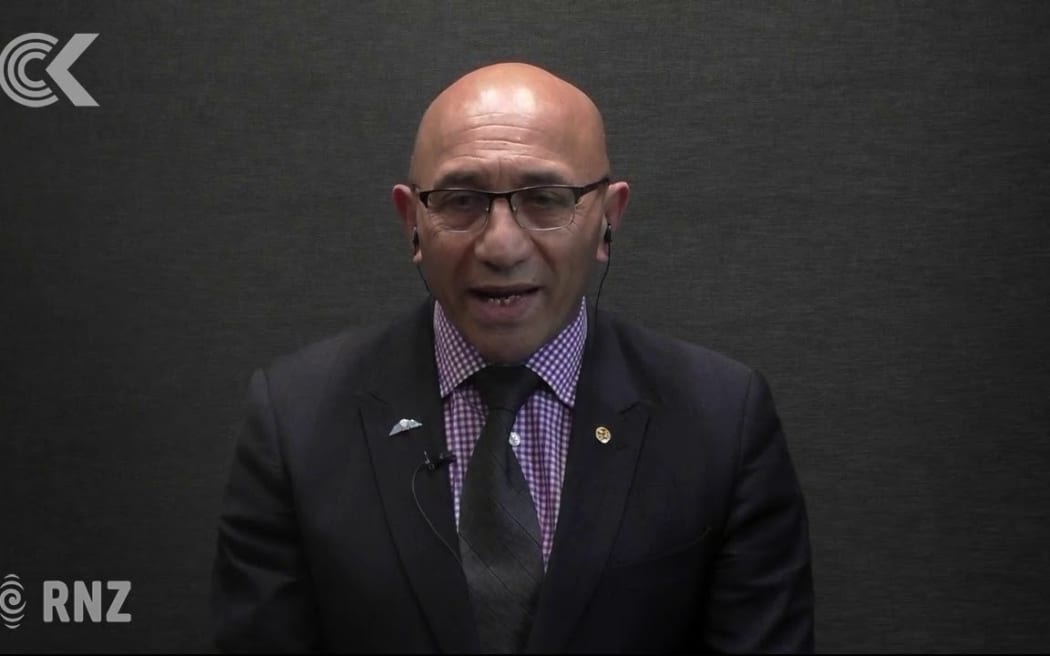
Defence Minister overrules noise restrictions at Whenuapai Photo: RNZ / YouTube
An Auckland property developer has found out the hard way that the city’s efforts to cram in more new homes has its limits.
Neil Construction, which owns land next to the Whenuapai airbase, thought it had won an Environment Court case to force the Defence Force to keep to stated noise limits spelt out in Auckland’s Unitary Plan. The airforce has been exceeding those limits sometimes at night, testing Orion engines on the ground.
But Defence Minister Ron Mark has used his superpowers to trump the Court, saying if you move into an area where there is an operational airforce base, you need to accept there will be noise generated by military aircraft. He says his rare move was in the interests of national security.
In the last 50 years Auckland has sprawled far and wide. When the airforce set up shop in 1937, Whenuapai was strawberry groves and vineyards. There was no harbour bridge, no north-western motorway, and there were no neighbours.
The city’s housing crisis has changed the scene dramatically. Down the road from the base, thousands of cookie-cutter homes are going up. In some developments residents sign “no complaints” clauses as a condition of purchase – they acknowledge they know the air base is there and won’t make any legal moves against it. Complex planning rules cover flight paths, height restrictions, light industry buffers and other factors to work around the base.
But University of Auckland planning expert Dr Lee Beattie says this situation shouldn’t have arisen in the first place.
“I’d argue we have to take a fundamental step back and say ‘what are we actually doing here? Why are we allowing housing to be constructed in these locations?’ It’s not just Whenuapai it’s throughout the rest of the city – and most of our cities and towns in New Zealand to be perfectly honest. Why are we allowing things to be developed on the periphery instead of saying ‘let’s look at neighbourhood creation’ – I mean, where’s the nearest job? Where’s the nearest park? Where are the nearest amenities in terms of shopping, which is Westgate …. You get there by car.
“So fundamentally you’re still creating car-orientated developments with all the social problems that they generate. If we’re serious about climate change, we’d fundamentally change the way we develop.”
Beattie points out these developments aren’t sustainable to run public transport to without a heavy subsidy.
He says you can have quite dense, liveable spaces that are three to four stories in height with easy access to cafes, supermarkets and work places.
“Why are we talking about housing when we should be talking about community construction,” he says. “To me it’s not affordable housing to put something at the periphery and then expect people to drive an hour to get to work, to get to services, to do shopping.
“I think we need to be more sophisticated in the way we deal with things. All we’re doing is pushing those costs down the road.”

Photo: RNZ

